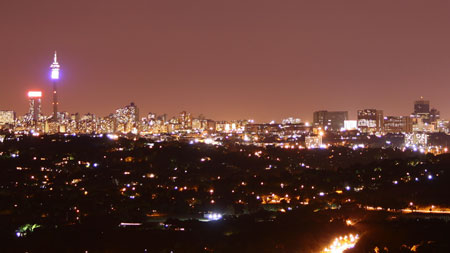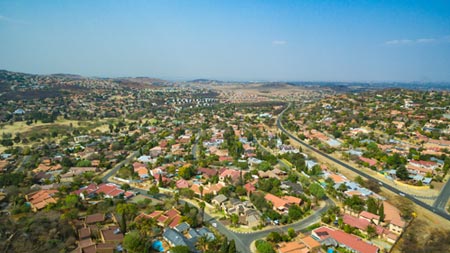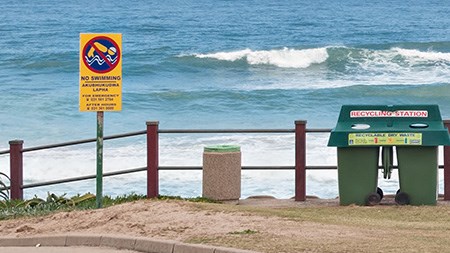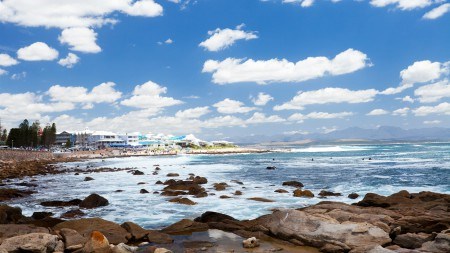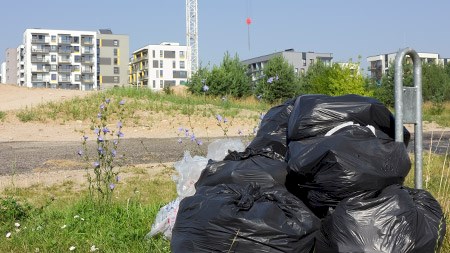Satisfaction with local municipalities in Gauteng is at all time low with residents less satisfied with their local municipalities than they were a few years ago.
According to the recently released results of the 2015 Gauteng Quality of Life survey, Gauteng residents are less satisfied with their local municipalities than they were a few years ago.
The survey questioned approximately 30 000 respondents and was conducted by the Gauteng City-Region Observatory (GCRO) which represents a partnership between the University of Johannesburg, the University of the Witwatersrand, the City of Johannesburg, the Gauteng Government and organised local government in Gauteng. Rob Moore, executive director at GCRO explains that the survey was the largest of its kind ever conducted in Gauteng.
Survey results explained
According to the survey, 37% of respondents were satisfied with local government in 2013 which is the last time a survey of this nature was conducted. In 2015, this already low percentage dropped even further to 34%. That said, in 2013, 51% were ‘firmly dissatisfied’. In 2015 this stood at 45% which Moore believes points to the fact that more people are undecided as to how they feel.
Interestingly, at 43%, the survey illustrates that white people appear to be more satisfied with local government than black people at 33%. GCRO says this particular result is important as it suggests there may be a “greater middle ground” of potentially undecided voters ahead of August’s local government elections. GCRO also deems low levels of satisfaction as a concern because it impacts negatively on respondents’ intention to vote.
The highs and lows for local municipalities
Some municipalities saw increases in local government satisfaction since 2013. These include Ekurhuleni, Mogale City and Westonaria. Other municipalities such as Tshwane, Emfuleni and Merafong saw declines. The three municipalities with the highest recorded quality of life on the index were Randfontein, Mogale City and Johannesburg.
Political perceptions
The survey yielded some interesting political perceptions too. According to GCRO, 61% of respondents agreed with the statement that “the country is going in the wrong direction.” Worryingly, only 52% believed that the upcoming elections will be free and fair. This represents a sharp drop from 66% of respondents who agreed that the 2011 elections were free and fair.
Service delivery
In terms of services, the survey illustrated that there had been “high and stable” levels of satisfaction with services such as water, electricity, waste, health and education since the 2013 survey. It could be argued that the various service delivery protests which have taken place across Gauteng and South Africa in general brings this finding into question though.
Indeed, there appears to be something of a disconnect as illustrated by the GCRO’s own statement: “High levels of service satisfaction do not translate into high levels of satisfaction with government. On an index of 13 services typically provided by local government, 59% of Gauteng residents are satisfied. However only 34% are satisfied with the performance of local government generally.”
Interestingly, and again somewhat at odds with some of the results and arguably perceptions in general, it would appear that there has been an overall improvement in the quality of life in Gauteng since 2011.
Measuring South Africa
So how does South Africa in general fare in the broader scheme of things? According to the Economist Intelligence Unit’s Quality of Life Index or ‘Where-to-be-born’ Index as it is now referred to, South Africa ranks 53 out of 80 countries and territories measured. Switzerland ranked first. Nigeria ranked last on the scale.
In a nutshell, the index attempts to measure which country will provide the best opportunities for a healthy, safe and prosperous life in the years ahead. The index was calculated for 2013 and used ten quality of life factors along with forecasts of future GDP per capita to determine each nation’s score.
Factors used included:
- GDP per capita
- Life expectancy at birth
- Divorce rates
- Political freedoms
- Job security (measured by the unemployment rate)
- Climate
- Homicide rates
- Quality of community life
- Governance (measured by corruption ratings)
- Gender equality
Gauteng's general affordability?
Johannesburg residents will be pleased to know that the city is at least one of the more affordable cities in the world (if the statistics are to be believed).
According to Numbeo.com, “the world’s largest database of user contributed data about cities and countries worldwide”, Johannesburg’s cost of living index (excluding rent) stands at 40.62. The cost of living plus rent index is 29.79. The groceries index is 33.02, the restaurants index is 37.51 and local purchasing power comes in at 116.11 – all of which lands Johannesburg a spot at number 276 out of 376 countries. To put this into perspective, the city with the highest cost of living is Hamilton in Bermuda with a cost of living index of 136. 55.

